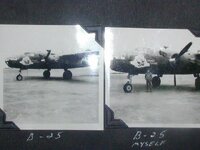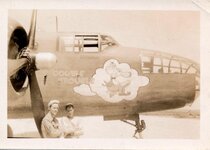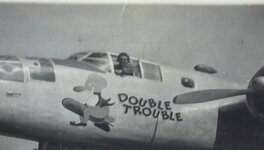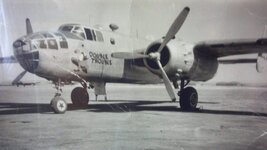... When did the Free French started using the yellow outline for the roundel? ...
According to my notes, this yellow outline inspired by that of the Royal Air Force, appeared with the instruction no. 60.462/DTI released in 1944 and allowing to use the French colours for the roundels and fin flash. However the yellow outline might appear in 1943 as well. Generally the French roundel with the yellow outline was introduced in 1945.
The French Spitfires Mk.Vs , Corsica, the April 1944.
and another one ...
the source: The Free French Spitfires : fighting for freedom
And a P-40 ...
the source: the net.
Hurricane of the Fighter School , Meknes in Maroc, 1946
the source: Meknès - Ecole de chasse "Christian Martell"




